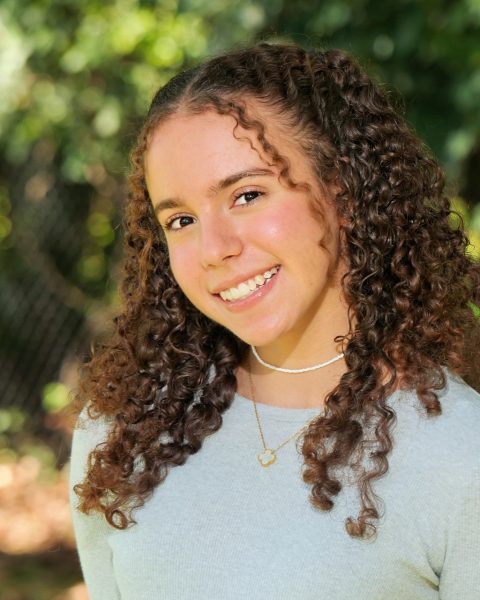Dress code committee examines policies
April 11, 2022
In mid-December 2021, High School Principal Dr. Lisa Vardi formed a dress code committee in order to address the widespread criticism and controversy of the high school’s dress code. The committee consists of 18 representatives, comprised of eight students and ten faculty members.
The purpose of the committee is to review and revise the dress code policy and its enforcement. The dress code has been modified periodically to accommodate changing styles of clothing. However, nine years have passed since the dress code was last modified and the style of clothing has changed exponentially since then.
Currently, the dress code requires a head covering on those who identify as male, shirts long enough to be tucked in, shirts with sleeves, shorts longer than one’s fingertips and many other rules.
“From what I am hearing from students, the enforcement is more of a problem than the dress code itself,” Jewish History teacher and committee representative Sara Coxe said.
Many students feel that the enforcement of the dress code is unjust, as they believe it is more directed and enforced towards females when it should be fairly enforced on everyone.
“Honestly, I think [the dress code is] pretty unfairly distributed because most of the dress code rules are about things that typically girls wear,” junior representative Devorah Freeman said. “… I think I should be allowed to wear a sweatshirt with a tank top and not have to worry about my sweatshirt always being over my shoulder.”
When students voiced their concerns to Vardi at the start of the school year, she felt as though a dress code committee was a necessary measure to address this issue. Vardi approached Head of School Rabbi Mitchel Malkus to propose her idea.
“Our goal is to understand why we have a dress code, to review the present dress code [and] to see if the community has any recommendations on changes,” Vardi said.
Once Malkus approved the committee, Vardi, along with other faculty and staff, got straight to work. First, Vardi asked the Upper School guidance counselors for recommendations of student representatives. After representatives from each grade were chosen, the committee took action.
The committee meets once a week to discuss their feelings on the dress code and come up with ideas on how to modify the enforcement and language of the dress code.
“I’ve heard and I’ve seen a lot of teachers dress code students and make them feel embarrassed or humiliated and I don’t think that should be the point of our dress code, so I think that we need to change it in that sense,” sophomore representative Nate Shemony said.
So far, the committee has created a Google Form that was sent out to parents, students, faculty and staff. The form asked a variety of questions about the dress code, enforcement and overall feedback from the community.
Data from the form showed that out of 302 middle and high school survey respondents, 43% strongly disagree with the statement that the dress code is fair for all students. The most common theme found in the form’s short answer questions was that the dress code is biased against females and that females should be allowed to wear shorter shorts.
The committee now plans to analyze the data and determine what needs to be changed while still adhering to the school’s Jewish values of modesty. The next step for the committee is to create a proposal and present it to Rabbi Malkus before Pesach break.
“I do think there is a real opportunity to look at enforcement and how we can change the language or the way students feel targeted if they are dress coded,” Vardi said.







